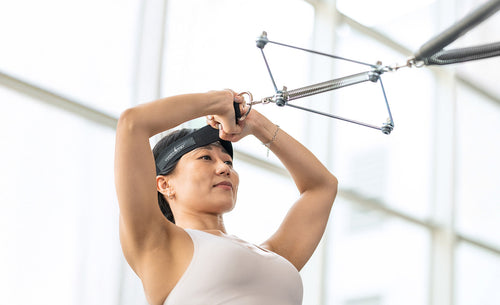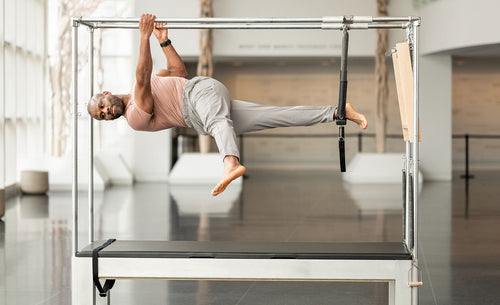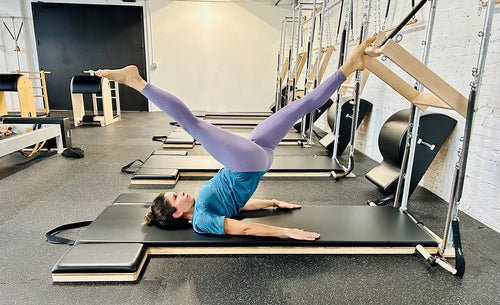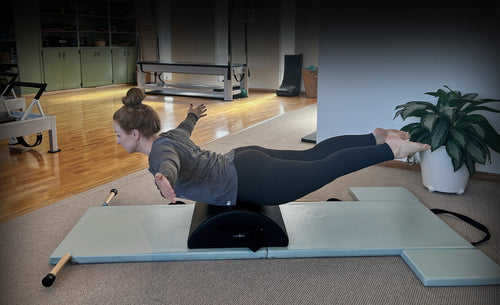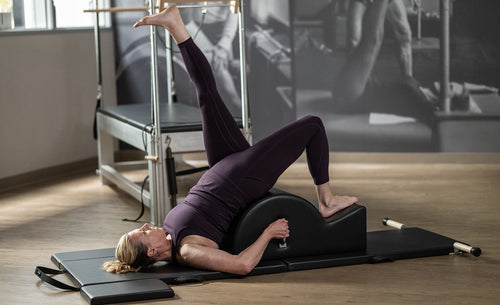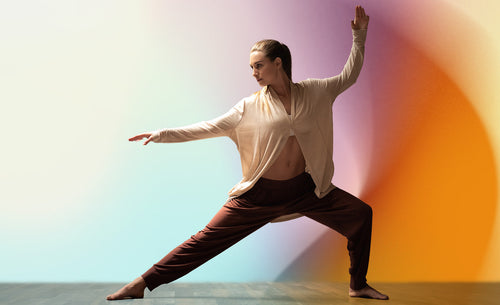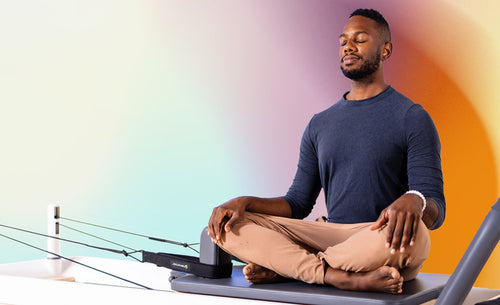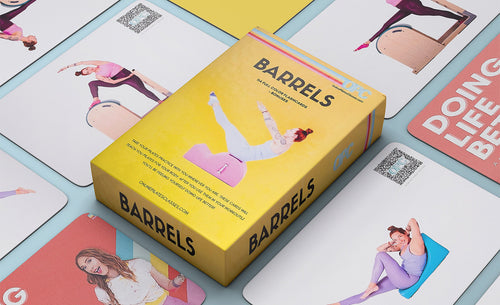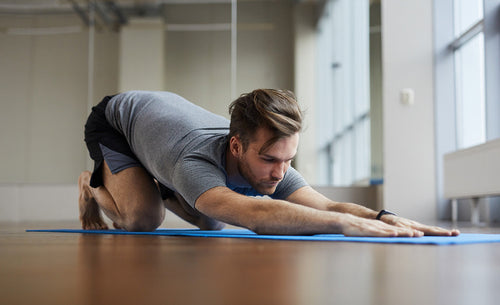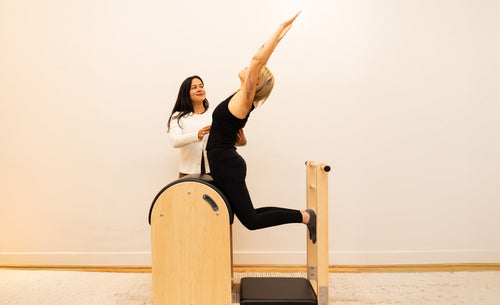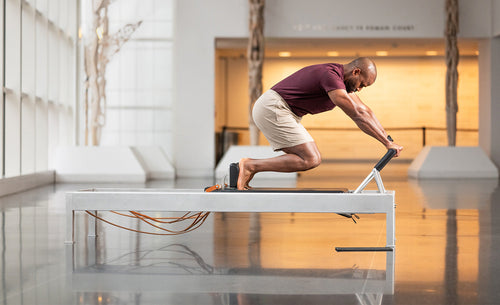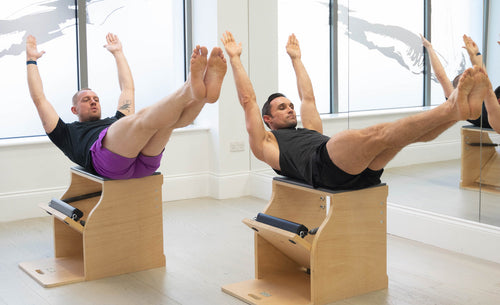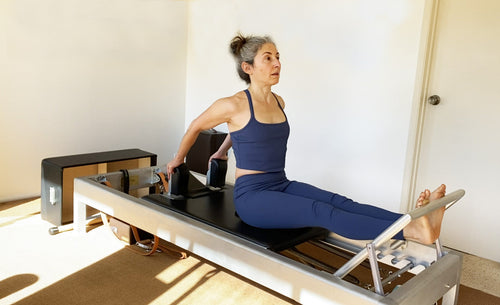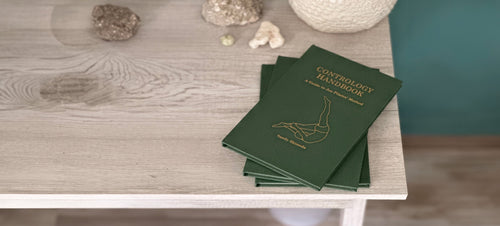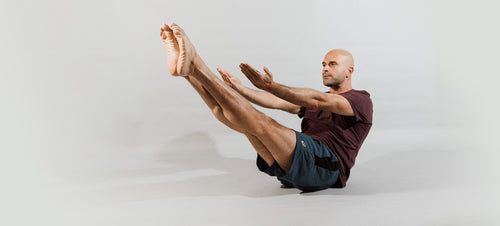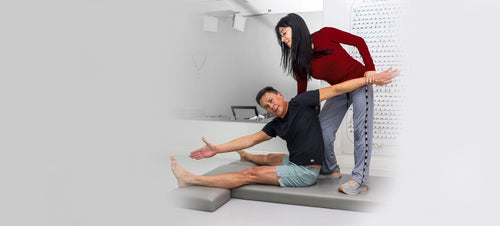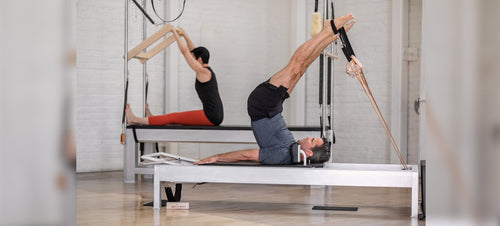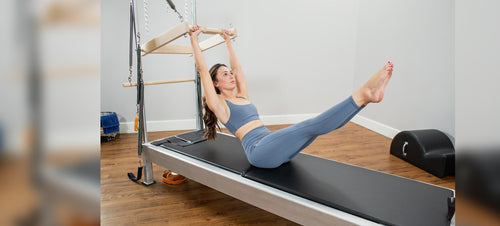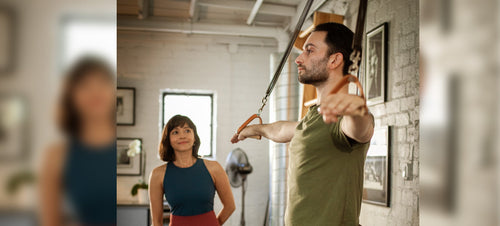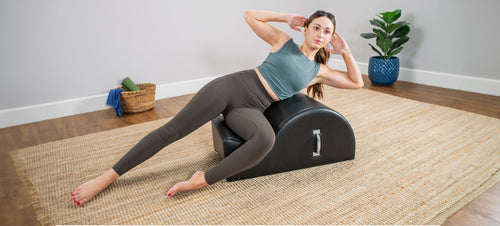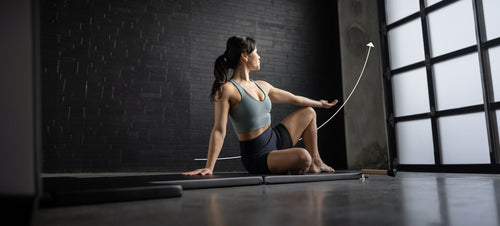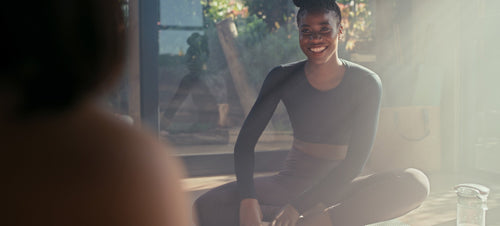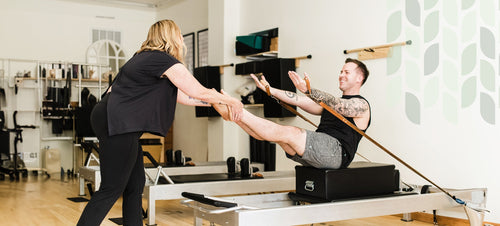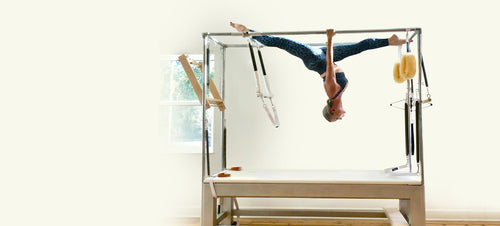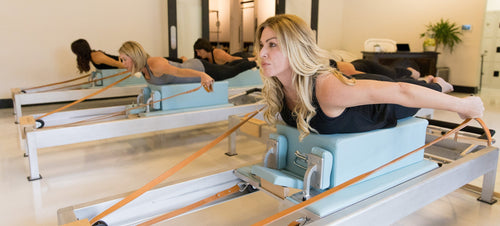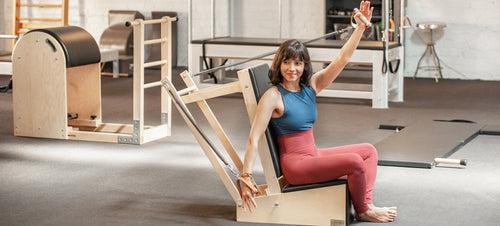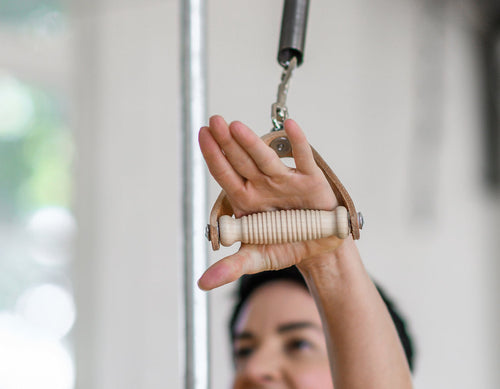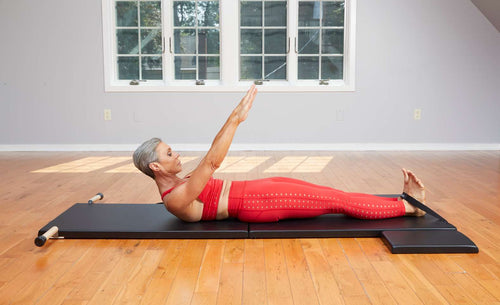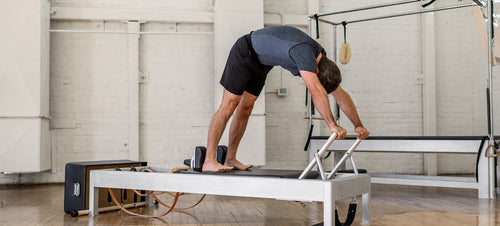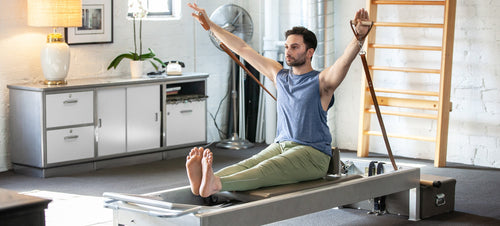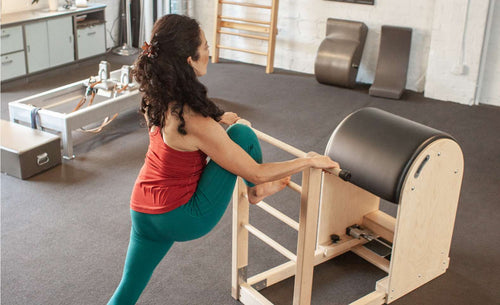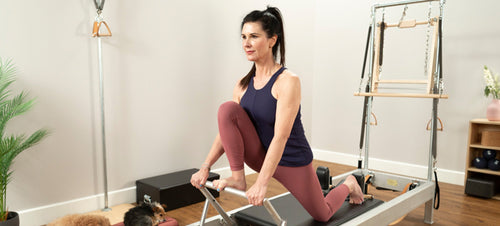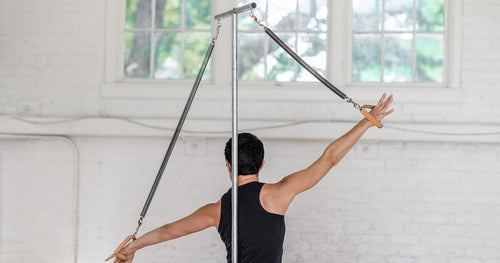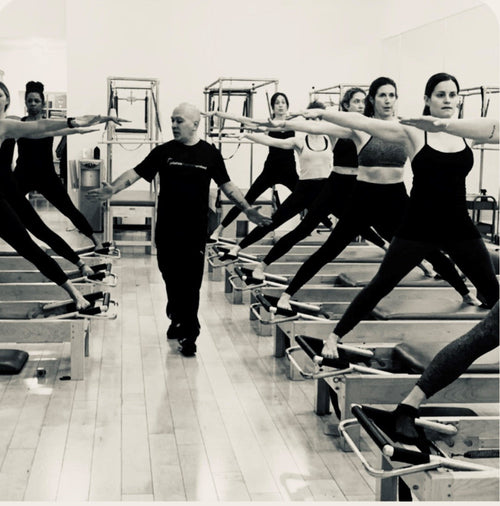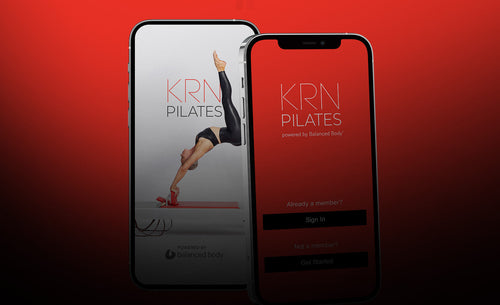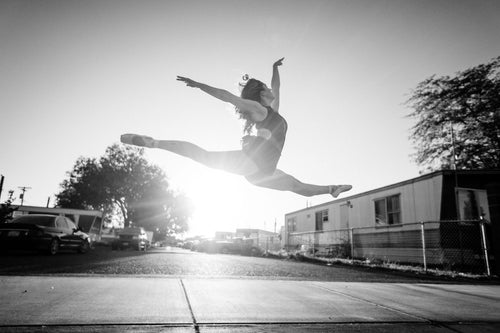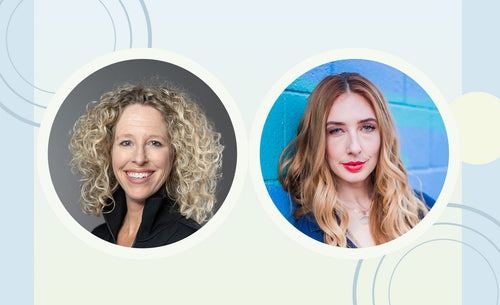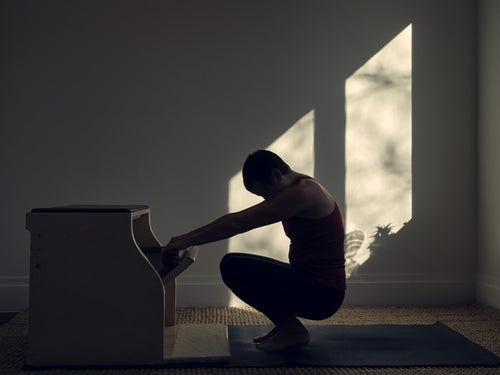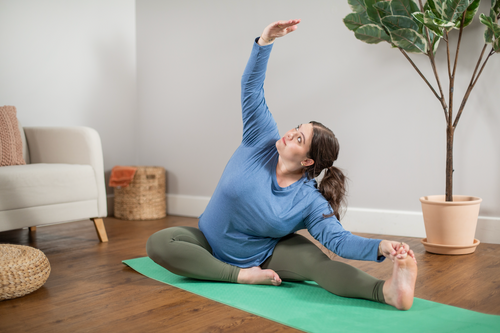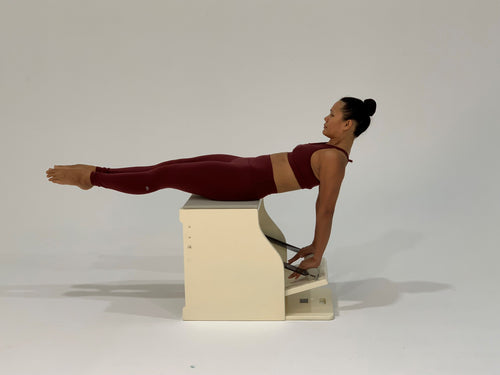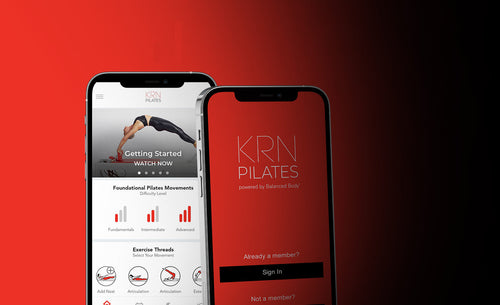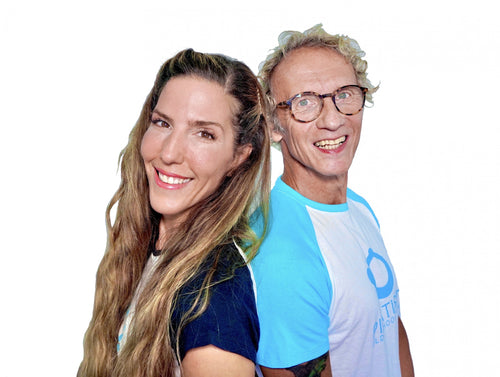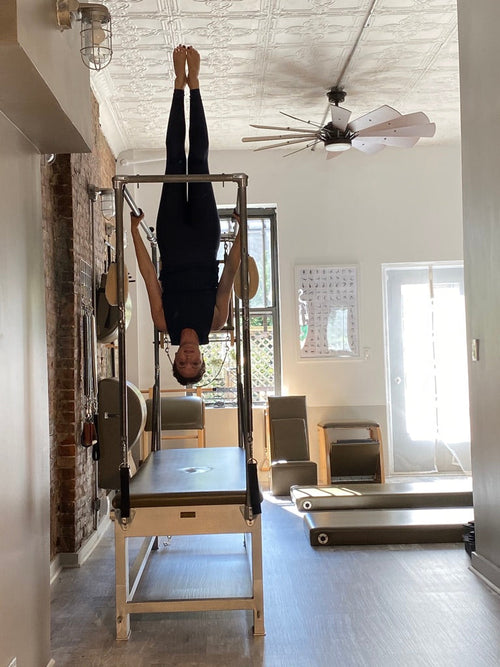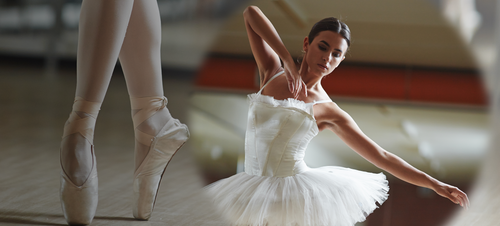
While Joseph Pilates himself did not outline any specific nameable principles upon which his system of exercise was based, some of his students and predecessors, the ‘elders’ of Pilates who are first-generation teachers, reportedly created them after his death in an effort to codify the foundations of his work in order to pass it on to future generations properly. Depending on who you ask, there are anywhere from three to seven principles, six being the most common version.
One of these core principles is "Centering". You can think of this as the principle that every Pilates exercise should originate from, and be connected to the centre.
What is the centre? The centre is often called the Pilates Powerhouse. It is comprised of the abdominals (The Gut!), the glutes (The Seat!), and the adductors (The Inner Thighs!). Sometimes, a secondary Powerhouse system is mentioned too, and that is the back – usually the upper and middle back muscles. The centre, then, is all of these areas.
How does one move from the centre? One moves from the centre with awareness, a lot of practice, strength, and a great teacher to help you understand the concept. The arms should always be connected to the back and the sides of the torso and even to the waist. The legs should always be connected to the seat, the abdominals, and the back. This is your upper body connection and your lower body connection, respectively. With your limbs integrated into your centre, you will have maximum stability and control when you move in this manner. Control over the body was what Joseph Pilates wanted his practitioners to achieve.
Let's look at the 'double leg pull' on the mat as an example of moving your arms from your centre. When you stretch your arms up beside your ears, you need to engage your back muscles to pull your arms and shoulder blades down into your back, so the arms have support from the centre. This helps you avoid having your shoulders and neck all bunched up, the traps overworking, and your arms disconnected from the rest of your body. The same back muscles circle your arms around and hug your hands onto your legs (if you are doing the version where the arms circle!). This way, your arms become an extension of your torso, and you can feel your centre pulling in deeply to support the reach of the arms.
Let's consider the "double straight leg pull" on the mat for the lower body connection. When you lower your straight legs down toward the floor, you need to squeeze your seat to feel support under your legs. Also, draw your abdominals in and down to ensure your back doesn't arch up off the floor and strain. Instead of gravity pulling the legs down, you move your legs from your centre, as if you had heavy leg springs to push into with resistance. Conversely, on the way up, instead of just hinging at the hip flexors to lift the legs, which could also strain the back, the inner thighs hug together. The abdominal muscles deepen inward and downward toward the floor to reach the legs back up toward the ceiling from the centre.
Every single exercise Joseph Pilates created can be broken down in this manner to show how the upper and lower bodies are always connected to the centre. Moving from the centre strengthens all those important Powerhouse muscles that support and stabilize the body and keep the other commonly overworked peripheral muscles calm. This way of moving from the centre is an important principle that creates the long, lean muscles and excellent posture Pilates promises its practitioners.




